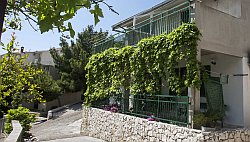Our Location - Duce
Posted by slobo | 29. Jan 2009
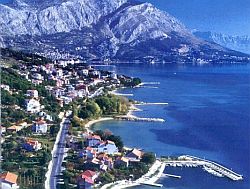 Apartments "Tomic" are situated in a village Duce (Duce-Docine) which is a small fisherman village on the Adriatic Highway between two pearls of Middle Dalmatia, Split (20 km) on west side and Omis (only 1 km far) from the east side. Directly opposite is the island of Brac.
Apartments "Tomic" are situated in a village Duce (Duce-Docine) which is a small fisherman village on the Adriatic Highway between two pearls of Middle Dalmatia, Split (20 km) on west side and Omis (only 1 km far) from the east side. Directly opposite is the island of Brac.
Duce is situated in tipical Dalmatian countryside between mountain Mosor and Adriatic sea, and it becomes popular and already are well known tourist destination in Central Dalmatia.
If you want you can spent also an active holiday (rafting on river Cetina, surfing, sailing, water-skiing, canyoning kyaking,..).
The sandy beaches of Duce, stretching continuously for 4 km to the boundary with Omis, have exceptional natural beauty and consist of sand brought down by the Cetina River and deposited to the west of the river mouth under the influence of marine currents.
How to reach us?
It's relatively easy. There are several options hot to get here.
BY PLANE
Daily flights to Split airport from all major
towns / cities.
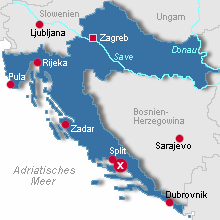
BY BUS
Daily routes to Split from all major town / cities.
BY CAR
A1 Highway: Zagreb - Dugopolje - Split - Duce.
Adriatic Highway: Rijeka - Senj - Zadar
- Sibenik - Split - Duce.
Inland route: Salzburg - Villach - Karavanke
tunel - Ljubljana - Zagreb - Karlovac - Plitvicka jezera - Sinj
- Split - Duce.
BY SHIP
Daily arrivals to Split from Rijeka,
Trst, Ancona.
Omi╣
On the river mouth of Cetina lie the remains of the fort thought to be called "Oneum". Oneum disappeared in the 7th century during the Great migrations, but the natural route from the continent to the sea was to important to be deserted for long.
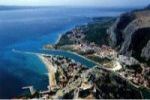 Neretvan corsairs inhabit the area of Omis and make it their stronghold for their raids on Byzantium, Venetian and Croatian shipping on the Adriatic. Their threat became so large and insufferable that plans for a crusade against Omis were made, but never acted upon.
Neretvan corsairs inhabit the area of Omis and make it their stronghold for their raids on Byzantium, Venetian and Croatian shipping on the Adriatic. Their threat became so large and insufferable that plans for a crusade against Omis were made, but never acted upon.
In 1498. the Turks launch their first raid on Omis, which fails, but in 1537. they manage to conquer it. Until 1684. when the Turks retreated, in Omis or its vicinity there was continuous fighting, with Turks on one side and Venetia, Hungarians, Croatians and other Christian nations on another. It fell under the rule of Venice until 1797. when Venetian Republic collapses. After that came the Austrians then Napoleon's French and then Austrians again till the end of 1918.
Omis today
Today two forts over the city remain Mirabela (at the altitude of 245m) built in 13th century and Starigrad. Pjaca is the main city square which lies between the east and west city gates, and it used to be the main setting for all major city events until the avenue Fosal was reconstructed. Nowdays it is the tourist center of a 35 km long riviera of outstanding beauty.
Numerous monuments from its past are the witnesses of its history, long and glorious; besides these one can find nowdays an interesting and colourful market place, a large number of small restaurants, coffe shops, bistros, various shops including duty free ones and fashionable boutiques. All these will make your stay pleasant and fulfilled.
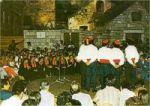 Very good communications with the nearby Split and beautiful natural beaches of this part of the riviera have enabled the development of tourist trade whose traces are to be seen even before the World War II. A number of small fishermen's villages along the riviera have had a long tourist tradition and culture.
Very good communications with the nearby Split and beautiful natural beaches of this part of the riviera have enabled the development of tourist trade whose traces are to be seen even before the World War II. A number of small fishermen's villages along the riviera have had a long tourist tradition and culture.
The Cetina river and its magnificent canyon are cut into the picturesque mountainous massif in the very background of the town. On its way to the sea the river has created numerous long sandy beaches which are charecteristic of this part of the coast and make it one of the most beautiful, unusual and incomparable.
Why the Omis riviera this time? Because there are still places which are so close and yet so far from the aggressive rythm of modern life and tourist industry. Isolated coves where you can always find "your own" beach, or auto camp at the very seaside, are waiting for you.
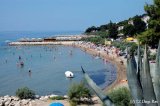 Why the Omis riviera another time? Small fishermen's villages preserved in their originality but at the same time offering full comfort in the newly built premises and private pensions, villas or apartments, make an extraordinary alternative. If you have just made up your mind, be sure that the deprived cold splendor of commercial hotels will be well made up for by the warmth welcome of your host and his wish to make you happy.
Why the Omis riviera another time? Small fishermen's villages preserved in their originality but at the same time offering full comfort in the newly built premises and private pensions, villas or apartments, make an extraordinary alternative. If you have just made up your mind, be sure that the deprived cold splendor of commercial hotels will be well made up for by the warmth welcome of your host and his wish to make you happy.
Omis is known for all kinds of cultural events during the summer, the most famous of which is the Festival of traditional vocal music.
Split
Split is the economic and administrative center of Middle Dalmatia, with about 300,000 inhabitants. It is also the jumping-off point for exploration of the coast and islands of the beautiful Croatian Adriatic. The site was first settled when, at the end of the third century AD, the Roman Emperor Diocletian built his palace here. The importance of Diocletian's Palace far transcends local significance because of its level of preservation and the buildings of succeeding historical periods built within its walls, which today form the very heart of old Split.
 Split's growth became particularly rapid in the 7th century, when the inhabitants of the destroyed Greek and Roman metropolis Salonae (present-day Solin) took refuge within its walls. The lovely ruins of Solin outside the city can still be explored today. In the Middle Ages, Split was an autonomous commune. Many of Split's historical and cultural buildings can be found within the walls of Diocletian's Palace. In addition, numerous museums, the National Theatre, and old churches and other archeological sites in the Split region make it an important cultural attraction.
Split's growth became particularly rapid in the 7th century, when the inhabitants of the destroyed Greek and Roman metropolis Salonae (present-day Solin) took refuge within its walls. The lovely ruins of Solin outside the city can still be explored today. In the Middle Ages, Split was an autonomous commune. Many of Split's historical and cultural buildings can be found within the walls of Diocletian's Palace. In addition, numerous museums, the National Theatre, and old churches and other archeological sites in the Split region make it an important cultural attraction.
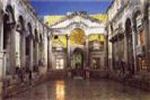 Split is a busy port, with an international airport and regular ferry services with the nearby islands, the north and south Adriatic, Italy and Greece. The merchant and passenger ships of the Split shipyards may be encountered in almost all the seas of the world. The fertile fields around Split represent a good base for agriculture, while cultural monuments, superb landscapes and unparalleled seascapes make it a tourist's wonderland. Split is also a university seat and host to numerous scientific institutions.
Split is a busy port, with an international airport and regular ferry services with the nearby islands, the north and south Adriatic, Italy and Greece. The merchant and passenger ships of the Split shipyards may be encountered in almost all the seas of the world. The fertile fields around Split represent a good base for agriculture, while cultural monuments, superb landscapes and unparalleled seascapes make it a tourist's wonderland. Split is also a university seat and host to numerous scientific institutions.
Carpe diem! Rejoice while you are alive; Enjoy the day;
Live life to the fullest; Make the most of what you have.
It is later than you think.- Horace, Latin Poet

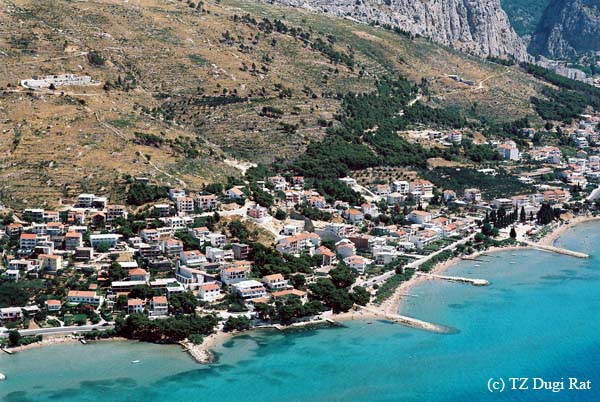
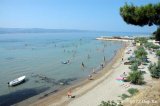
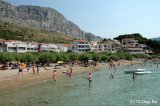
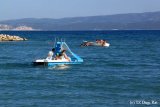
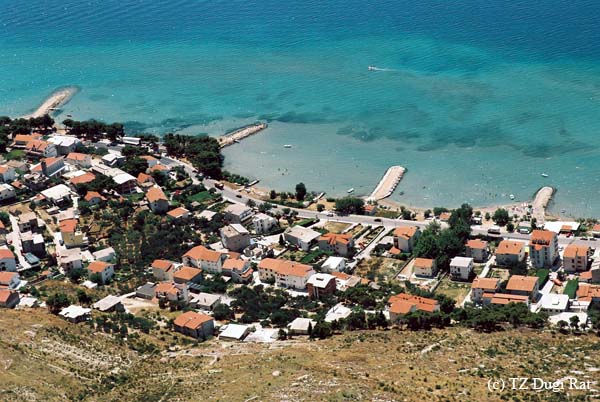



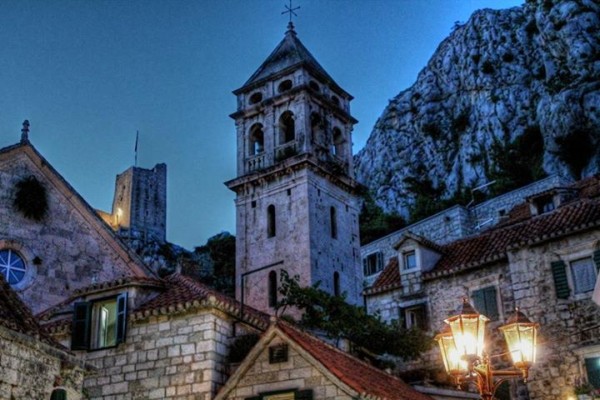
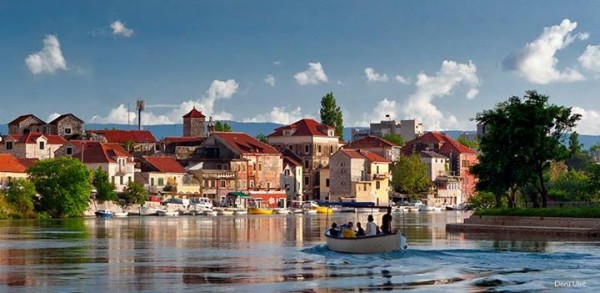
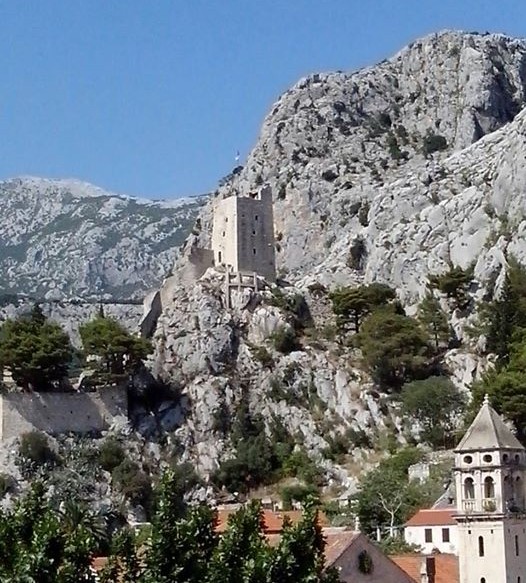

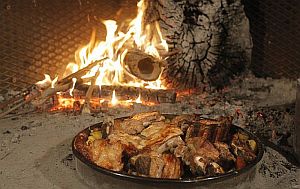
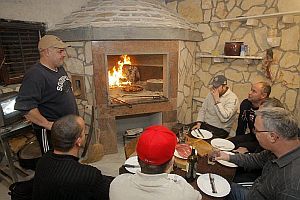
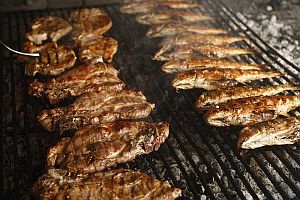
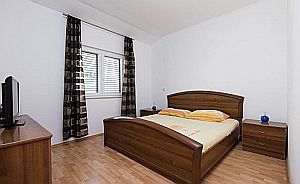
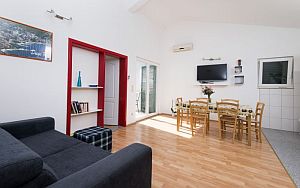
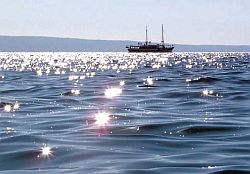
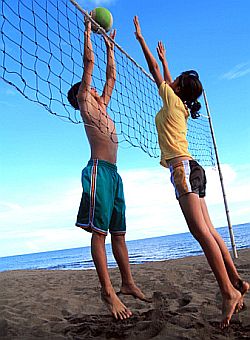 Atractive touristic objects on the beach, cafe bars, fishermans nights, traditional restaurants and all with live music and dalmatian folk songs, is only part of the fun things by wich you can make your holiday better.
Atractive touristic objects on the beach, cafe bars, fishermans nights, traditional restaurants and all with live music and dalmatian folk songs, is only part of the fun things by wich you can make your holiday better. 